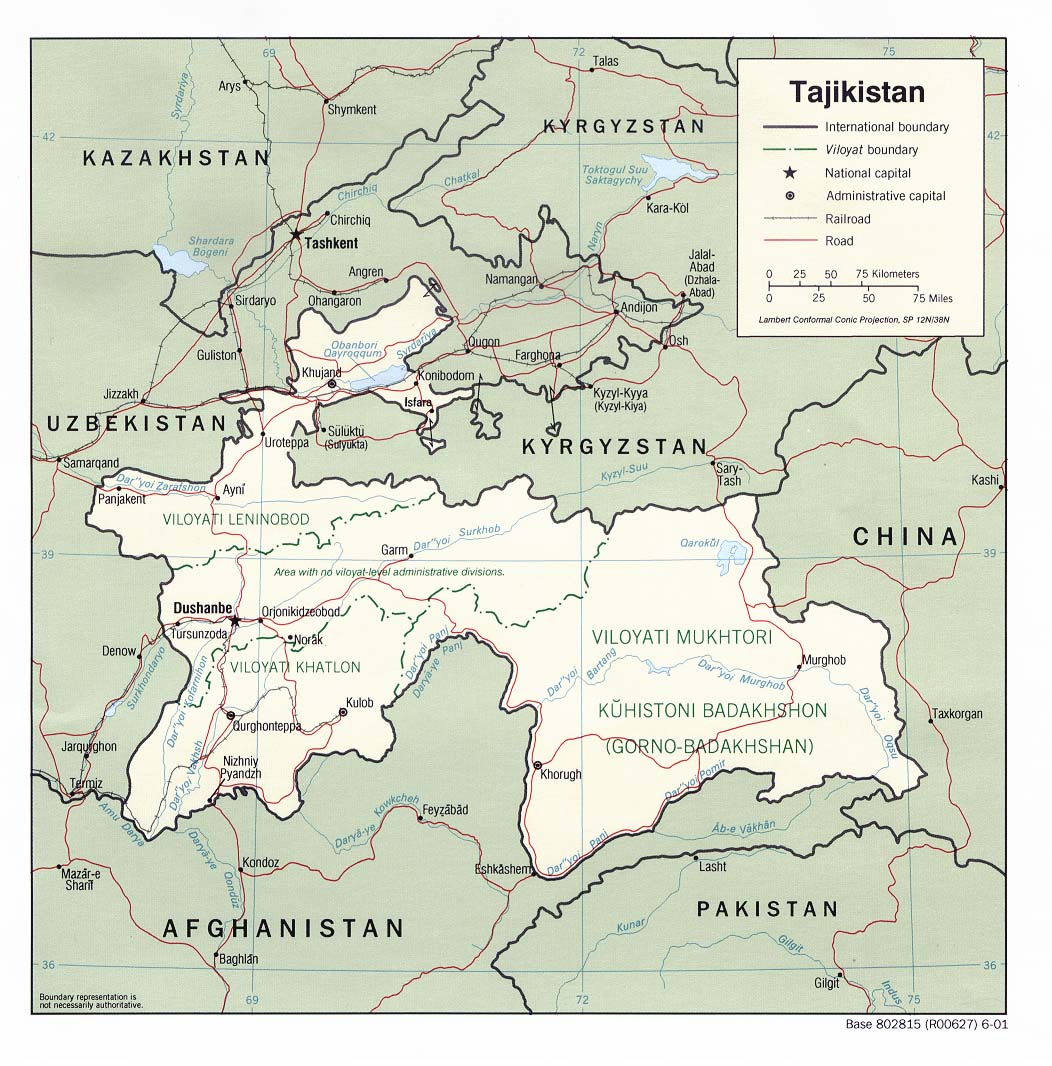 It is not often that we in Women’s Studies get to talk about the peculiarities of a specific ethnic positionality of women, especially with an expert on the area, so Larisa Dodkhudoeva’s visit for Tuesday’s brown bag was a refreshing and intriguing look at the lives of Tajik women. Speaking stereotypically, Americans are frightfully unaware of the world around them, so to hear of the lives of the women of Tajikistan was an interesting exposition of a relatively obscure part of the world.
It is not often that we in Women’s Studies get to talk about the peculiarities of a specific ethnic positionality of women, especially with an expert on the area, so Larisa Dodkhudoeva’s visit for Tuesday’s brown bag was a refreshing and intriguing look at the lives of Tajik women. Speaking stereotypically, Americans are frightfully unaware of the world around them, so to hear of the lives of the women of Tajikistan was an interesting exposition of a relatively obscure part of the world. I was fortunate enough to have heard her speak in my POSC class a few days before, so it was nice to receive her insight in multiple contexts. I was particularly interested in the realities facing Eastern Europe and Central Asia following the collapse of Communism, and the gendered aspects of this collapse. Unfortunately, I don’t think she understood my question, but I wondered at how gender was a factor in the building of an independent Tajikistan. Having studied the dissolution of Yugoslavia and the subsequent war that ravaged the Balkans in the 1990s, I have often run across mass rape as an instrument of war in interethnic conflicts. Rape has a long history as a tool of wartime oppression, but few areas saw such systematic usage as the former Yugoslav republics. I wondered if the ethnic tension in Central Asia (caused by Soviet rezoning of the area across major ethnic centers) caused a struggle with a similar usage of rape as a weapon (which affects women much more prominently, although people of all sex/genders can and have been raped in wartime).
Perhaps her inability to conceptualize my question provides my answer; perhaps gender was not so important in the building of Tajikistan. These areas had never been independent before, so nationalism was probably not such a driving force as it was in Yugoslavia, where it was a major justification of the rape of the Other. As far as other gendered political implications however, the rural nature and strong Islamic influence do not prove conducive to women’s voices in creating Tajikistan. Nonetheless, the modernization of the region due to Soviet influence has provided women with artistic outlets, which can have political implications, and I wish she had touched more on the folk art aspects, which is clearly her expertise. All in all I was overjoyed to experience Professor Dodkhudoeva’s presentation.
Xavia Publius
No comments:
Post a Comment